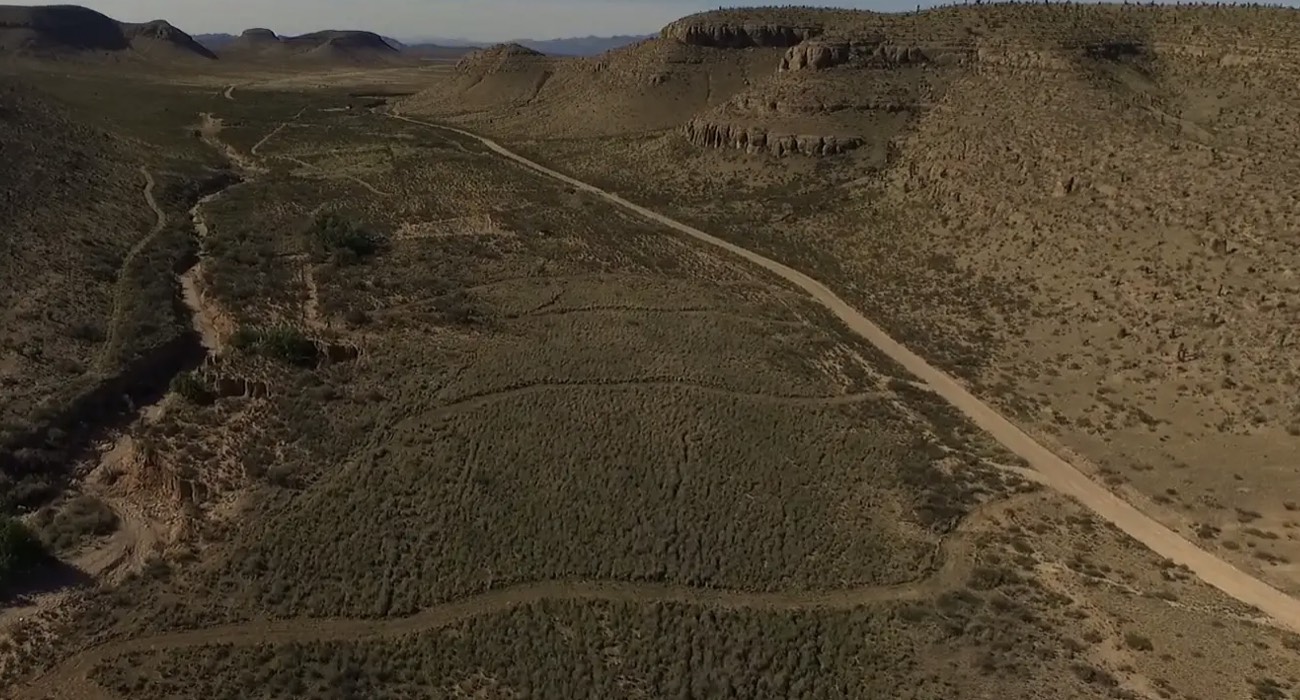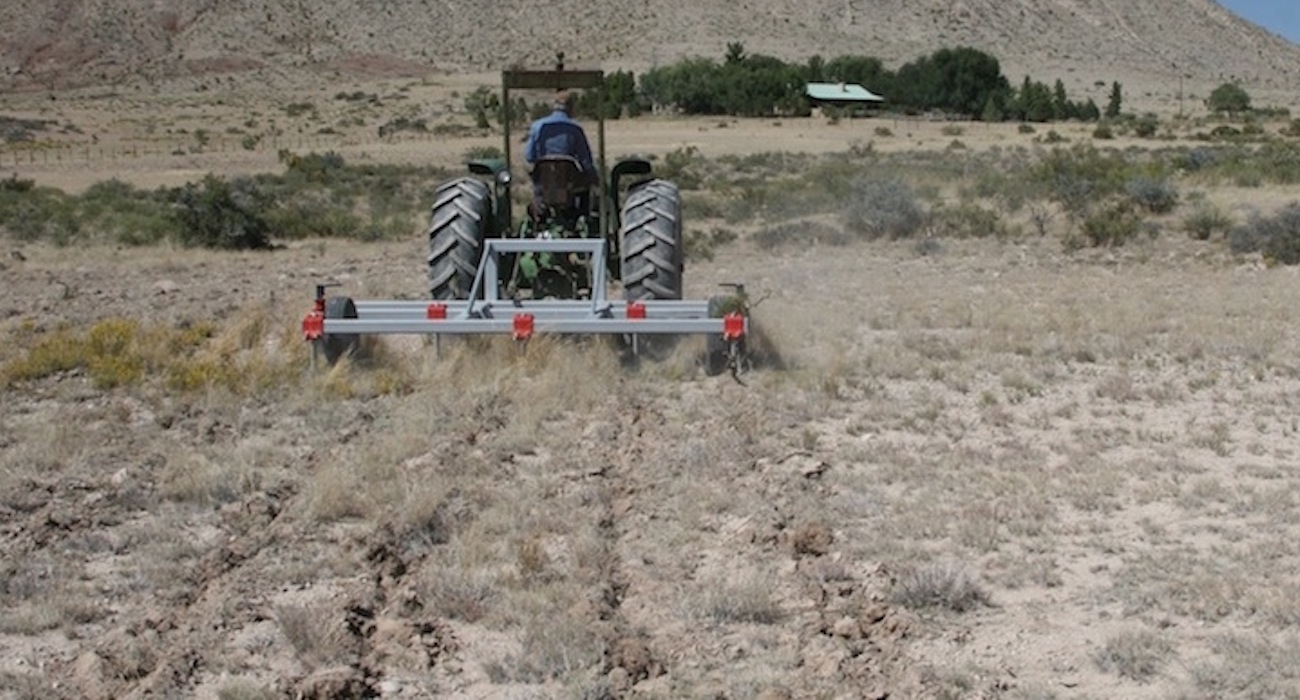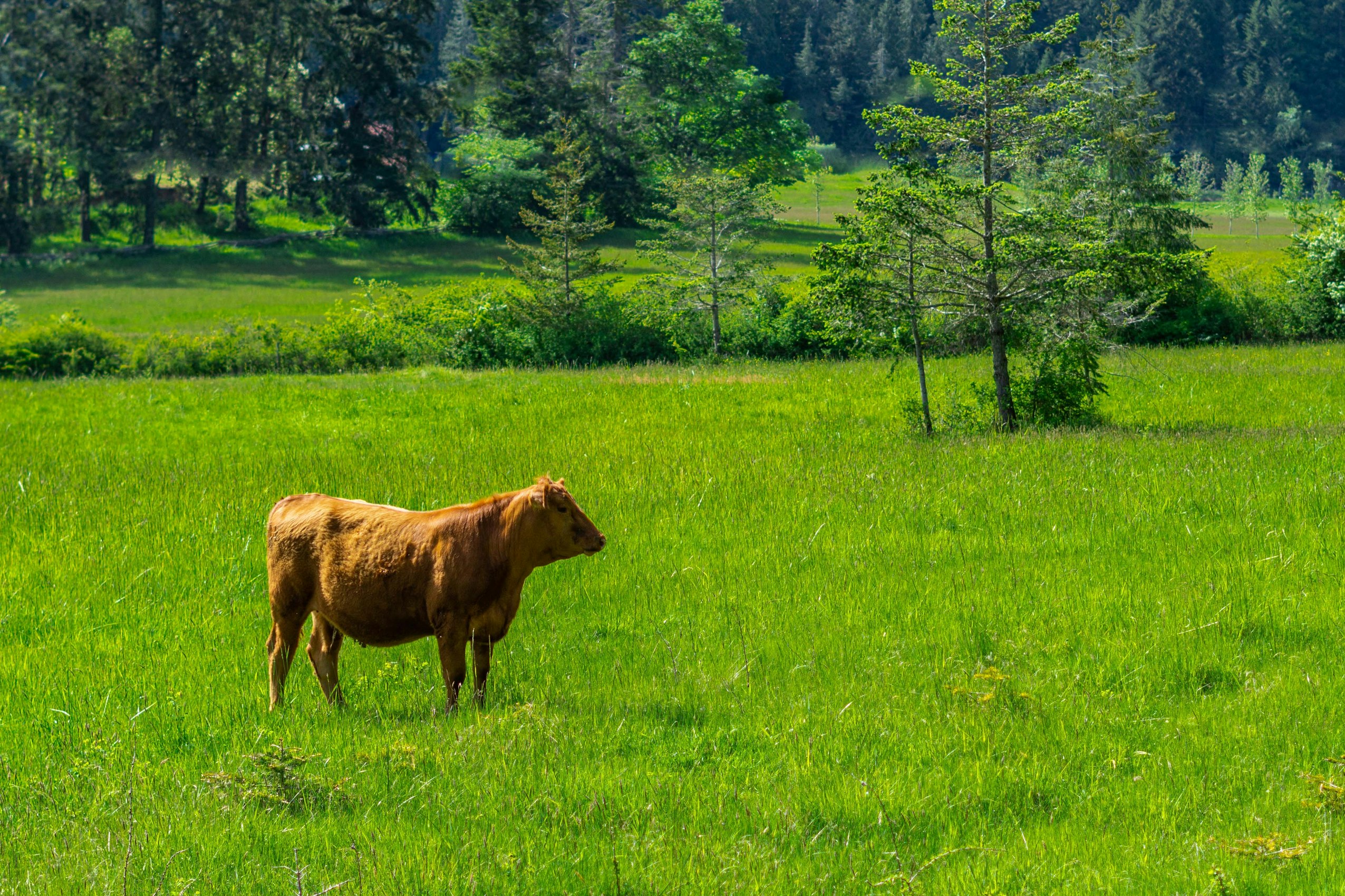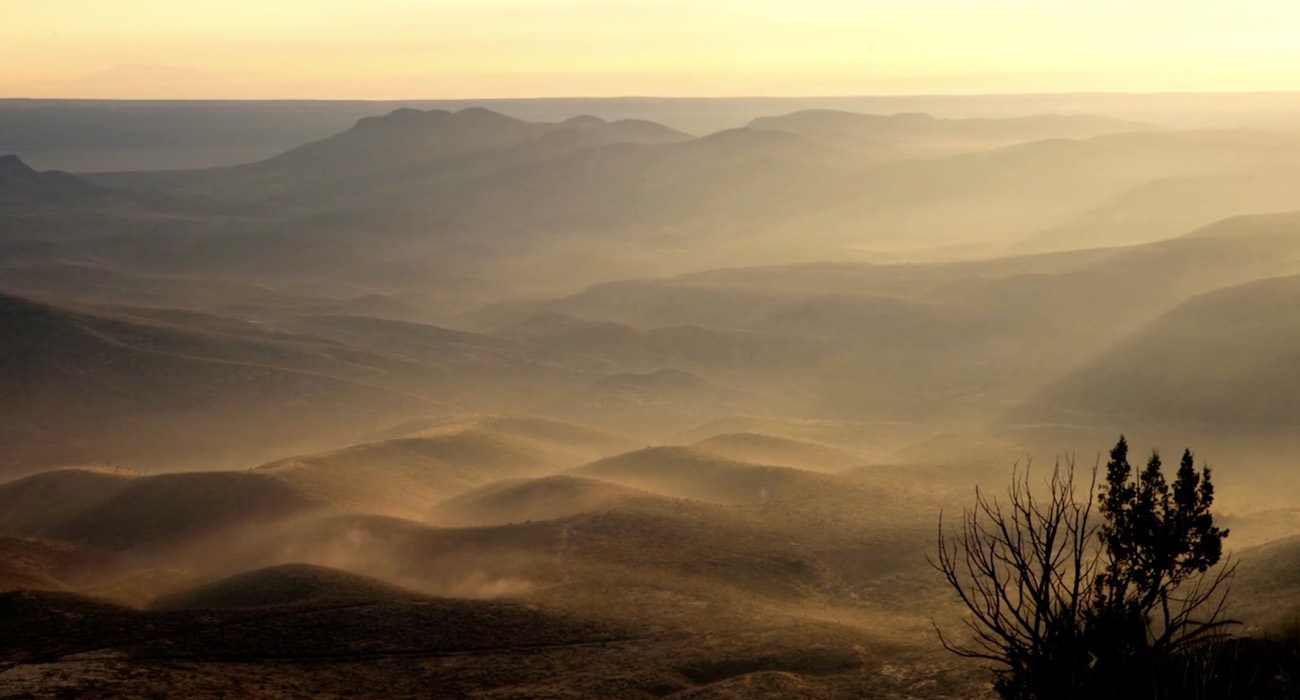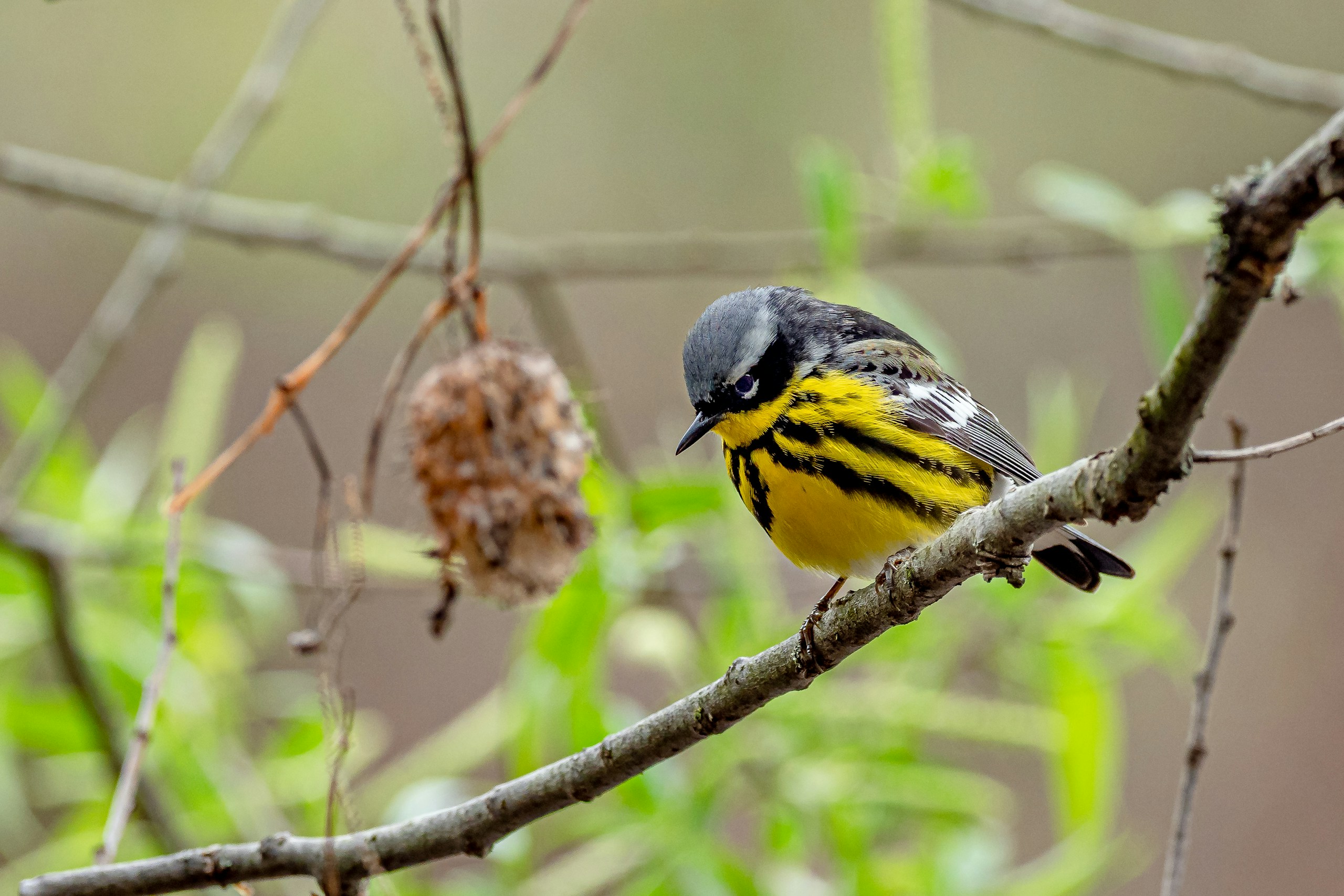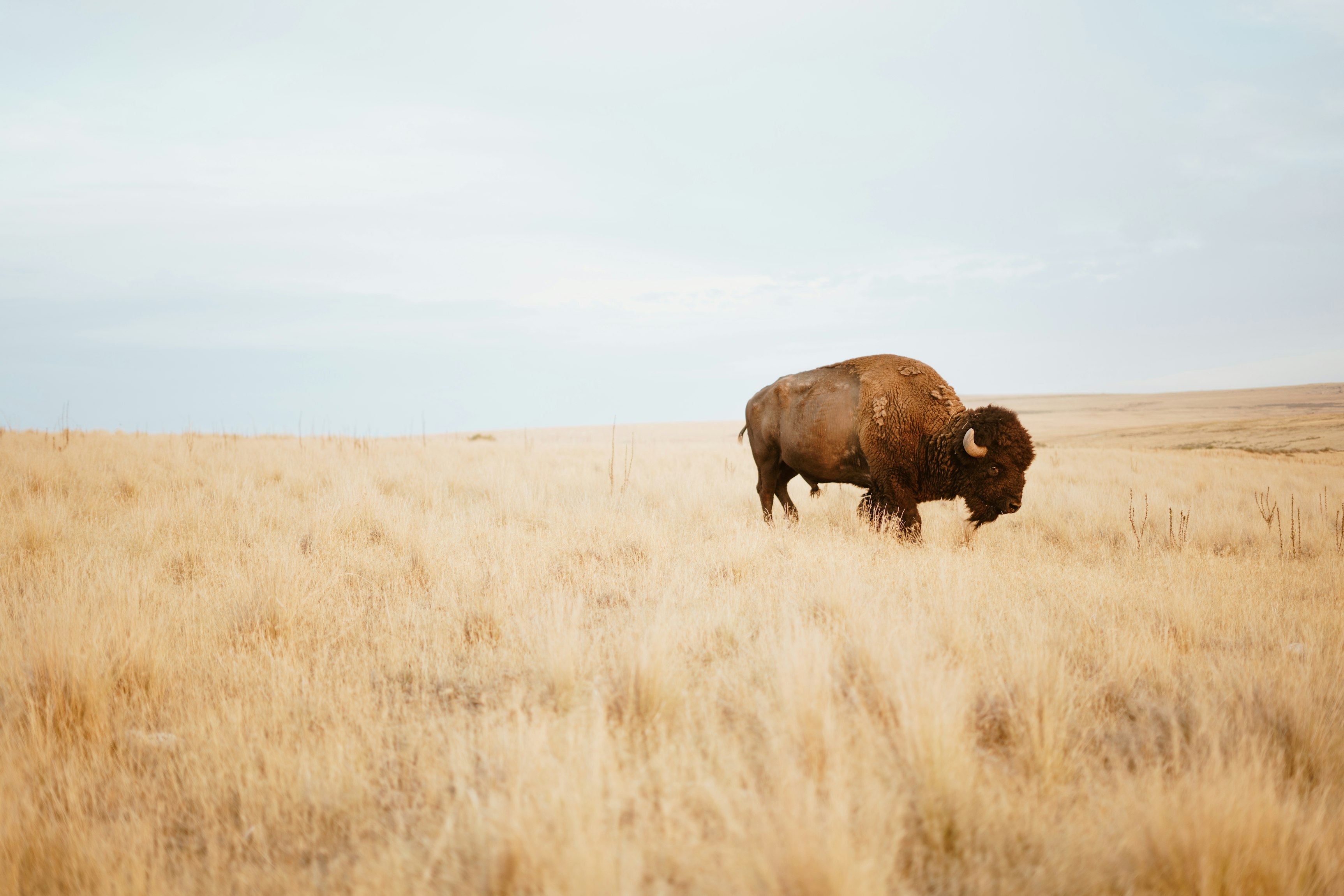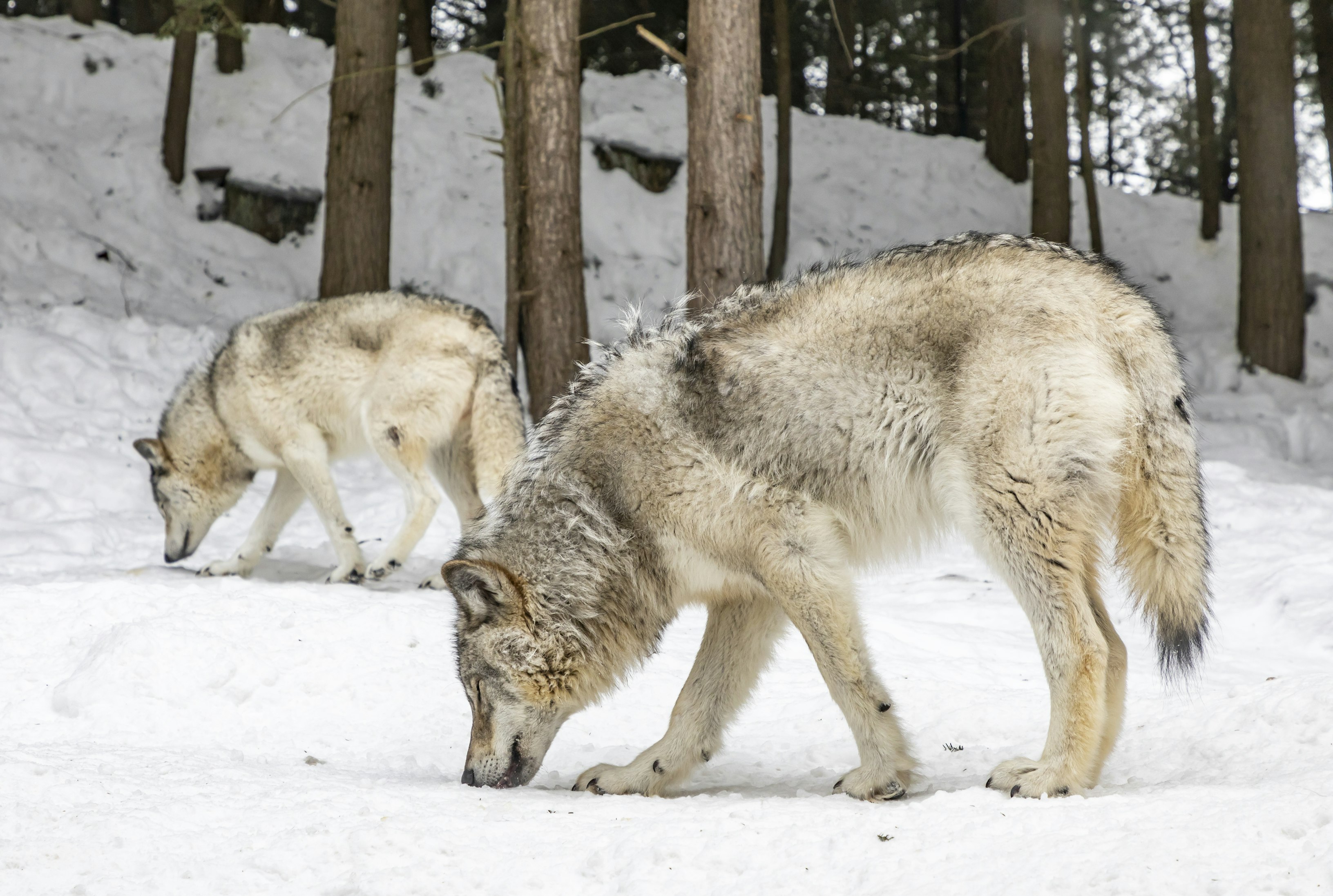Rangelands
Rangelands act as nature’s factories.
Sunlight is converted into vegetation that produces oxygen and sequesters carbon. The land, when covered with diverse vegetation, also serves as a sponge, slowing rain as it hits the land, funneling it into aquifers below or filtering it as it runs into streams, rivers and lakes and eventually into saltwater estuaries.
Rangelands also provide wildlife habitat and the viewsheds that lift the human spirit.
Latest articles
Read more about rangelands and land management practices:
Desert Permaculture: Gulleys for Grass and Wells
Here is a gulley treatment that restores grassland and recharges aquifers. Gulleys for Grassland Restoration from Christopher Gill on Vimeo. NOTE: this post was originally published to this site on May 8, 2017, and […]
National Park Service Reverses Course on Plan to Remove Iconic Animals: ‘This is Incredible News’
“This is a significant step in wild horse restoration.
Regenerating Mongolian Grasslands
Planned grazing can be accomplished with many different species, and adapted to almost any culture. The “Pasture Land — Use it Sustainably” (PLUS) project is a partnership between ADRA and the Savory […]
Texas Goat ‘lawnmowing’ Service Turns Heads, Helps Trees Grow
“This article discusses how goats are employed annually at the Houston Arboretum & Nature Center to clear away bracken and create space for the existing tree seed bed to grow.
Changing Paradigms | Regenerative Agriculture: a Solution to our Global Crisis?
“Changing Paradigms” explores the power of regenerative agriculture in improving the natural environment, human health, and reliable profit in sheep farming. We, as humans, have an innate attraction to the natural world. But, the way […]
Trees Are Spreading Across the Great Plains. They’re Actually Making Climate Change Worse
According to the researchers quoted in the article below, “…adding trees is negative for the climate in most temperate grasslands, savannas and shrublands globally.” The primary cause of tree and brush invasion is that […]
Study: Bison Herd Removes More Carbon Than World’s Largest CO2 Capture Plant
As discussed below, the grazing of wild animal herds can be cheaper, faster, and more effective at reducing atmospheric carbon than any high tech method. A primary purpose of the holistic planned grazing of cattle […]
Plow and Tractor for Desert Grassland Keyline Subsoiling
What plow and tractor combination is most cost effective for restoring desert grassland with Keyline water practices? We call our method of desert grassland restoration Drought Busters. It combines: (1) subsoil plowing, (2) water harvesting […]
Why is Regenerative Agriculture Important?
Learn more about regenerative agriculture, and our focus on land management which provides rich soil and grass for cows to consume on their pastures.
Horse Roundups! Can They be Stopped With ‘Fertility Control’?
“Using wild horses to help wildlife and habitat.
Growing Rain in the Desert
As discussed below, “More available moisture on the landscape would mean more moisture in the atmosphere. More atmospheric moisture would mean more rain…”
Soil for Water
Learn more about NCAT’s Soil for Water project, working to capture and hold more water in the soil. “Your soil health is going to keep you in business. If you take care of your soil, […]
Grazing Forested Rangelands
“An excellent discussion of why, how, when and where to graze Canadian forests.
Conserving the Legacy by Wyman Meizner
“The outstanding scientific discovery of the twentieth century is not television, or radio, but rather the complexity of the land organism. Only those who know the most about it can appreciate how little we […]
BLM to Finalize Rule Allowing Federal Leases Targeted at Protection of Natural Area
This rule is widely seen as anti-cattle and hunting.
Utah Gov. Spencer Cox Vows to Sue Over New BLM Landscape Rule
“According to Utah Governor Cox , BLM’s proposed Public Lands Rule could effectively lock outtraditional activities such as livestock grazing, certain recreational uses and commercial hunt guiding. This would be very bad for wildlife […]
Wyman Meinzer’s West Texas
A beautiful portrayal of a unique part of our country. NOTE: this post was originally published on February 17, 2017, and then again on August 5, 2021. A WALTZ ACROSS WEST TEXASWyman Meinzer, […]
Buffalo Facts
Surprising Facts About Buffalo | The American Buffalo | A Film by Ken Burns | PBS
Failure to Recover
“As discussed below, 50-years into the Endangered Species Act, 3% of listed species have recovered – and that probably overstates the actual ‘successes’.
How Bison Are Saving America’s Lost Prairie
Bison on Oklahoma’s tall grass prairie. NOTE: this post was originally publihsed to this site on September 13, 2021
Valerius Geist: When Do Wolves Become Dangerous to Humans?
“Valerius Geist was the world’s foremost deer authority. Born in Ukraine, Geist was heir to millennia of Central European cultural memory of wolves. He was neither anti-wolf, nor in denial regarding the threat wolves can […]
